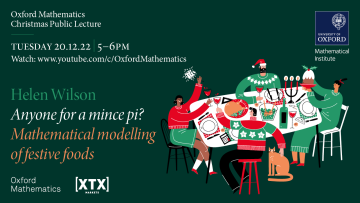14:15
Trivector fields on moduli spaces
Abstract
The moduli space M of stable bundles on a Riemann surface possesses a natural family of holomorphic trivector fields. The talk will introduce these objects with examples and then use them to gain information about the Hochschild cohomology of M.


